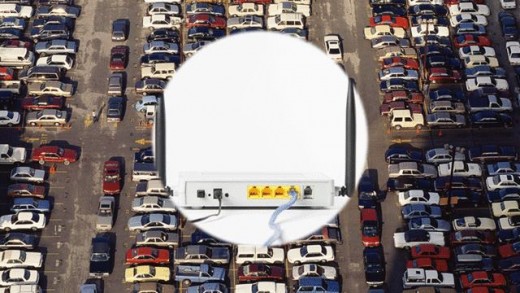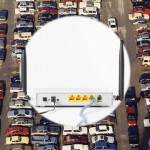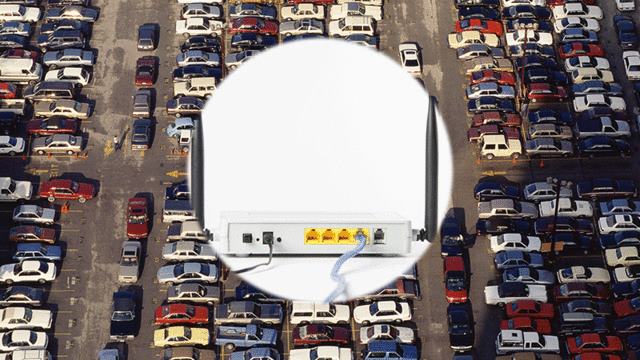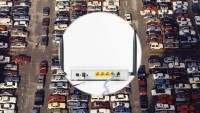We’re In A Global Usability Crisis. Here’s How To Help Fix It
Endless airport lines. Indecipherable ATMs. Dangerous packaging. It’s time to make user-centered design a global priority.
Today is World Usability Day, a day dedicated to bringing together communities around the world in an effort to address how technology is being designed with a user-first mindset. Usability—or the lack thereof—is a silent, global issue that impacts the way 7.3 billion people all over the world live and work.
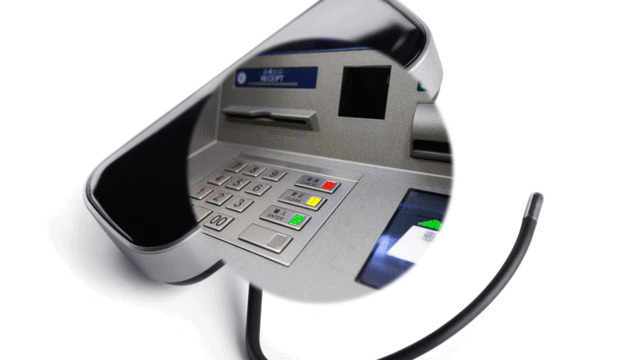
Usability, in the broad sense, is key to everything from IT systems, tech products, and digital services to public sector services and architecture. It’s how designers turn raw technology into the products and experiences that we rely on daily. But when usability gets ignored, everyone suffers. Think about the last time you waited in line for hours at the airport. Or your daily ritual of fumbling with packaging. We are in the throes of a usability crisis. Just consider how many solutions are not human-shaped (designed to make experiences easier, pleasant, and even magical), but human-proof (built in a way to make them impossibly complex and confusing):
- Airport security
- Clamshell packaging from hell, which can actually send people to the hospital
- Logging on to new Wi-Fi networks that log us off when we’re not looking
- Booking flights, or even worse, changing your ticket
- Withdrawing cash from a foreign ATM
- Pairing, and re-pairing, Bluetooth devices
- Validation systems at parking lots (in which you don’t know where to dip your credit card or where the ticket comes out)

The Origins Of The Problem
So many of the products, services and systems that we interact with on a daily basis are envisioned and developed based on a “system first” approach. The general philosophy is, “Let’s make the tech work first, then the end-users will follow and adapt afterwards.” Look at the automated call centers, which major banks and utility companies use, and which force users to sit through endless recordings before dispatching a human voice through. If we continue to focus on analyzing project specifications, as opposed to understanding user expectations, we will continue to take steps in the wrong direction.
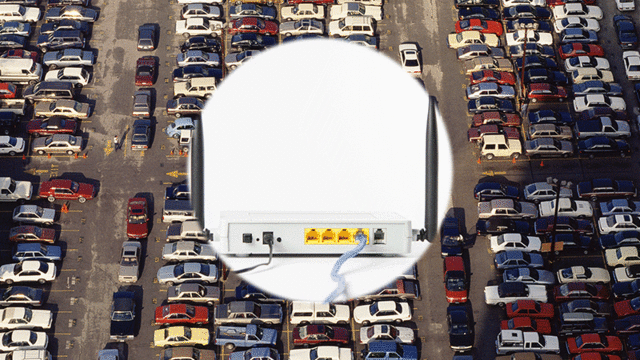
Solutions
There is light at the end of the tunnel. Apple helped raise the bar for usable and enjoyable technology, developing a line of products that is beautiful, functional and easy to use (though as the eminent usability experts Don Norman and Bruce Tognazzini point out, the company has slipped some). The same can be said of Airbnb, which provided a simple, easy-to-use solution to a complex problem.
And we need to continue moving in this direction. Here are four ideas that can help us shift focus from simply developing and designing more stuff, to designing better stuff.
- End the smart-washing. If you want to call your product or service smart, you need to make it easy-to-use. It can’t be “smart” when it actually makes life more complicated (and makes you feel dumb). Smart products should be tested, approved, and rated by a regulatory body. A Global Usability Index would operate like the energy efficiency markings to determine whether a product is actually smart.
- Recognize and rank companies that take usability seriously. Launch a “Fortune 500 List” of the companies that offer the most user-friendly solutions and services, year after year. Over time, this will show that these companies perform better than others, because there is no market for complicated offerings that are difficult to use.
- Make usability a leadership issue. Just as influential business and political leaders have become agents of innovation, sustainability, and corporate social responsibility, they also need to become ambassadors of usability. An example of a leader taking usability seriously is Jeff Bezos, personally driving Amazon’s “Frustration Free” packaging initiative, which turned painful packaging into a valuable service experience. If academics would engage, too, and help us measure what we lose in terms of productivity, competitiveness, and returns on investment, we would have data to help make the case that usability is an important leadership issue. Companies need to appoint Chief Usability Officers to make sure that it is a topic discussed in the board room.
- Install national usability policies. Develop a list of policies and easy-to-follow standards that can help both public and private sectors improve their usability in both the digital and physical spheres. What about a Federal Usability Commission certifying products with a Declaration of Usability? Or what about appointing a national Usability Ombudsman or Minister of Usability, whose job is to promote user-friendly design?
Design is not some spray-on exercise to make things look good. It is a crucial pursuit that deserves a place on the agendas of business leaders and policymakers everywhere. As the late writer and professor John Heskett once said, “Design is the human capacity to make and shape our environment, in ways that make sense to us and bring meaning to our lives.”
Fast Company , Read Full Story
(22)

